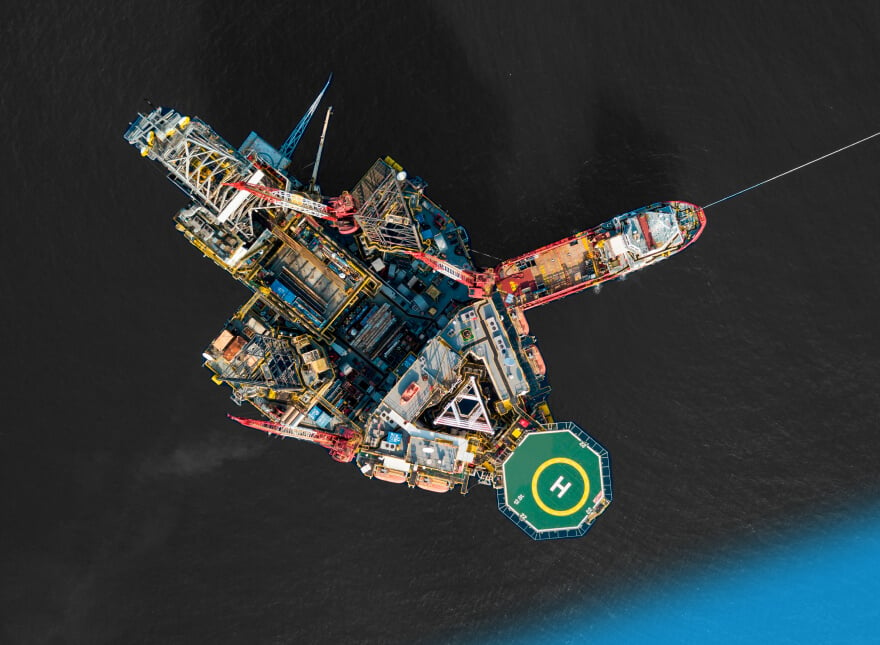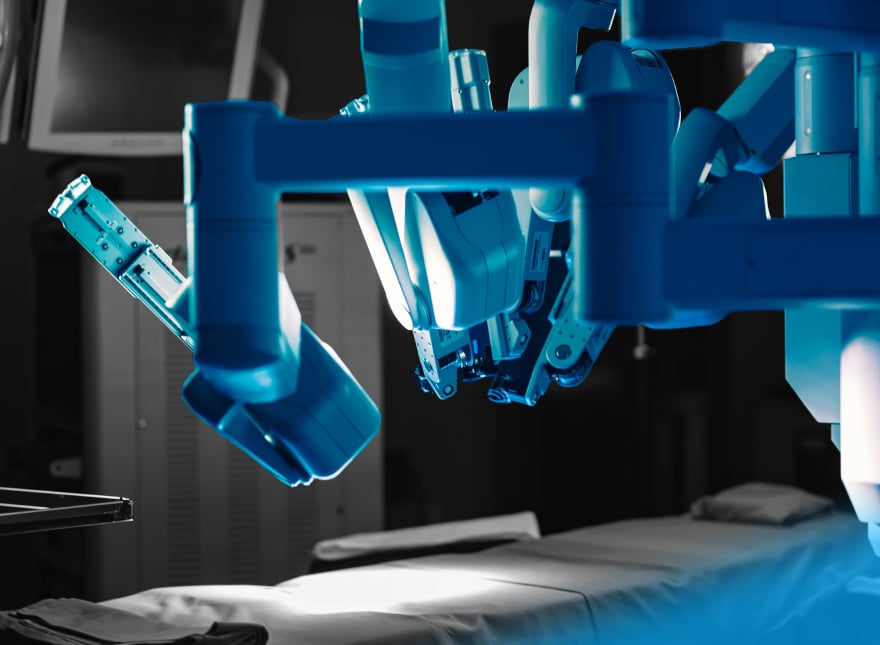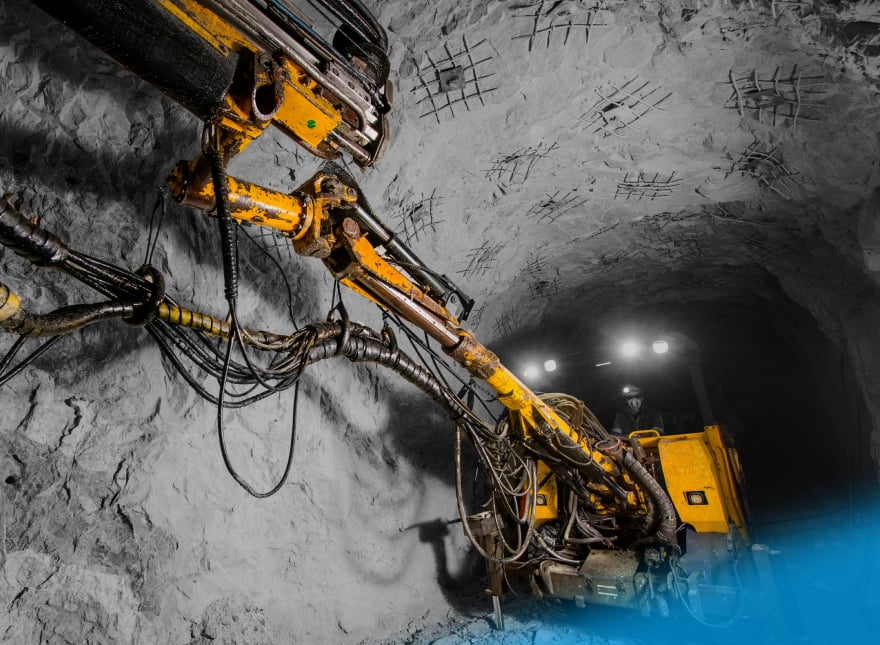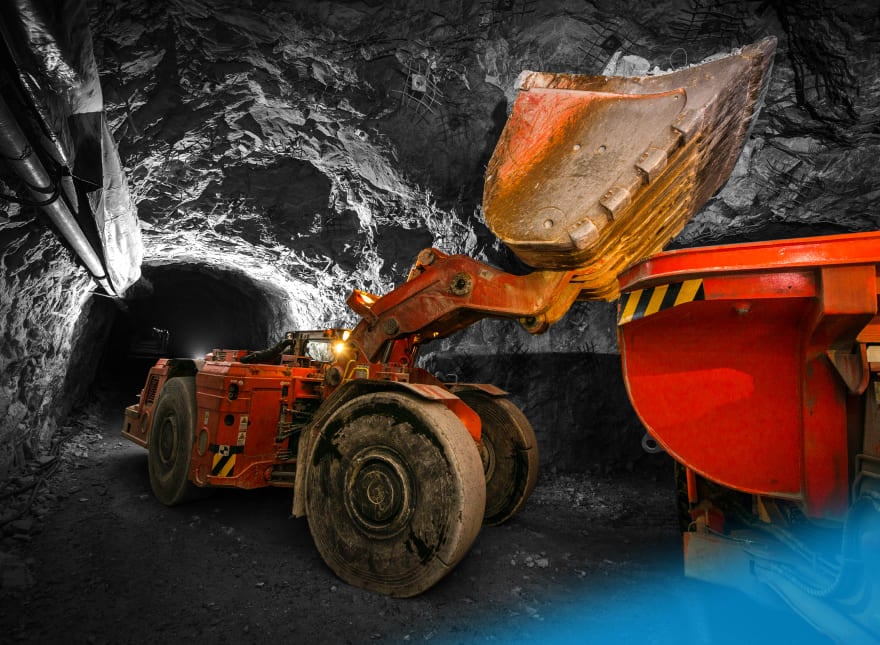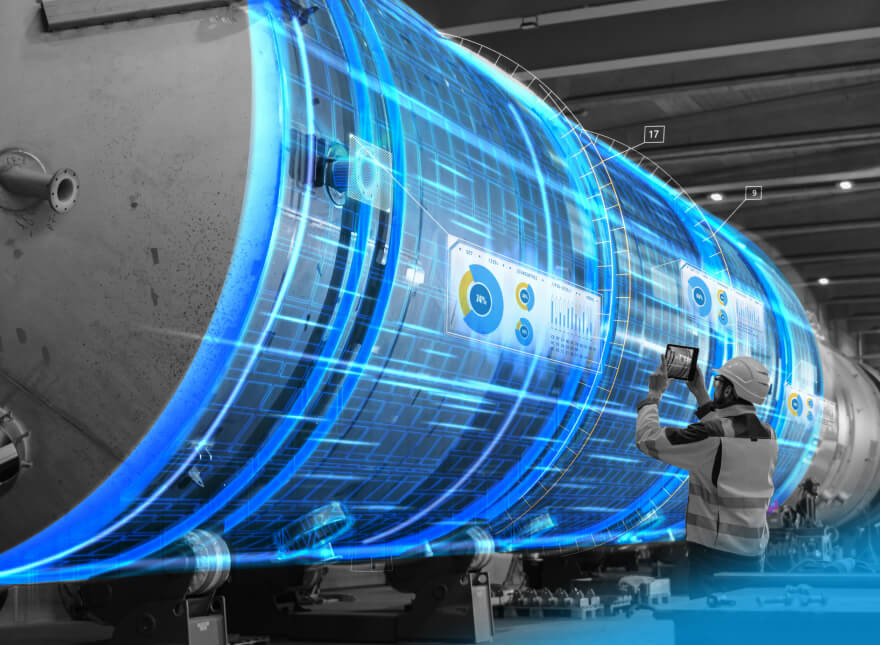Historically, the oil and gas industry has been associated with enormous financial returns and a significant contribution to some countries' budgets and the world in general.
However, lately, the sector is going through really tough times. In 2020, for the third time in the last 12 years, fossil fuel prices have plummeted. The growing competition, price wars, and pressing environmental regulations create significant challenges for oil and gas companies.
And COVID-19 has only made things worse. The global pandemic triggered a serious financial and humanitarian crisis and wiped out almost a third of the global oil demand through lockdowns, production halts, and travel restrictions, just to name a few.
A Glimpse into the Industry’s Future
Excluding 2014’s bump, the oil and gas sector has been in a recession since the global financial crisis of 2009. And the COVID-19 black swan has killed hopes for a quick recovery. However, it is much too early to bury this industry.
“Although renewable energy sources are predicted to take an increasing share of the energy mix, oil and gas will still account for 44% of the world’s primary energy supply by 2050 (down from 53% today).”
The International Energy Agency
Gas Consumption Forecast
According to the DNV-GL Report, gas will become the world’s primary energy source in the upcoming decades. This fuel is likely to see peak demand around 2035, and it will play an essential role in energy security until the transition to renewables is complete. Also, gas can become more eco-friendly through optimizing the economics of carbon capture and storage (CCS) for gas-fueled power generation. On top of that, some technologies can help reduce carbon footprint by limiting methane emissions from its value chain.
Oil Consumption Forecast
The future of oil is less bright though. The growing electric car popularity, increased energy efficiency for all types of vehicles, travel bans caused by COVID-19—all that will be negatively affecting oil consumption in the near future. However, the demand for this fossil fuel will hardly go down to zero and is likely to peak in the middle of this decade.
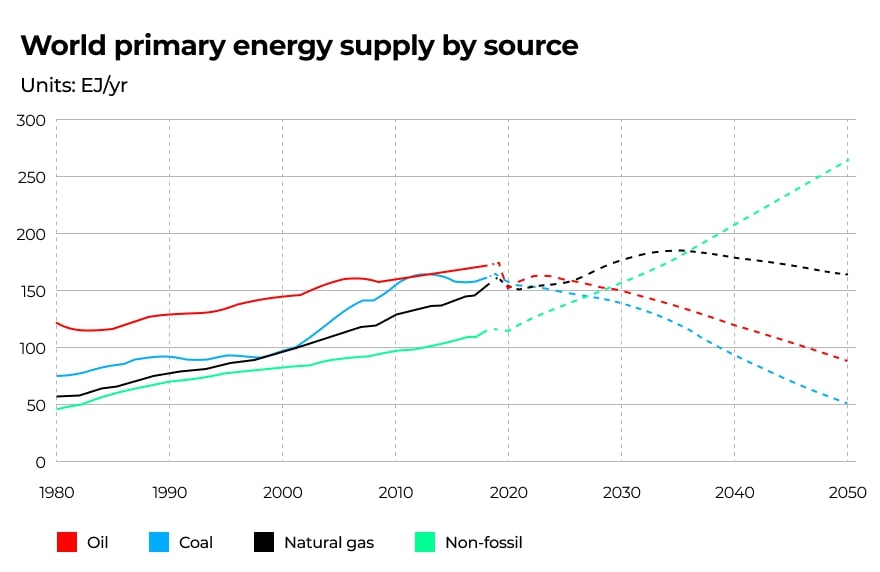
Challenges the Industry is Facing Today
Generally, most of the issues listed below were present in the industry long before the pandemic. However, some of them were successfully ignored as they didn't disrupt operational processes and had quite a minor impact on companies’ bottom lines.
COVID-19, however, has exposed the fundamental system shortcomings that include:
- High Production Costs
Oil and gas production costs include capital expenditures, operational costs, administrative and transportation fees, and gross taxes. The current barrel prices barely cover the average up and midstream operation costs. With extra expenses for transportation and revenue taxes, the profitability of oil-producing companies may suffer.
Hence, it's essential to reduce any unnecessary expenses while maintaining the same levels of operation security and production volumes.
- Lack of Visibility into Production Operations
Historically, oil and gas companies have always had complex operation processes. And the lockdowns and social distancing only made things more complicated. To stay informed and keep everything under control, companies have to set up, adjust, or optimize:
- Real-time production monitoring
- Automatic facility and asset performance tracking
- Remote equipment control
Gaining transparency into those operations is essential to avoid process disruptions and overspending in up, mid, and downstream segments.
- Legacy Equipment Maintenance and Control
To optimize costs, companies can keep rotating some equipment like compressors, turbines and pumps, just to name a few. It is a standard practice for the oil and gas industry.
As a rule, if legacy equipment is appropriately maintained, monitored, and the faulty parts get replaced in a timely manner, it isn’t a hazard to the production process. But these days, with the majority of staff working off-site, it’s quite a challenge to keep such equipment under control.
- Communication Among Supply Chain Parties
Even companies with strong vertical integration like Chevron have to deal with multiple third-party suppliers. The reason for this is the complexity of the oil and gas supply chain.
Communication failures among suppliers may lead to cases like BP’s Deepwater Horizon rig disaster, which was caused by miscommunication between BP’s suppliers Anadarko and Halliburton who were in charge of the rig’s operation.
How IoT Can Help Oil and Gas Companies Tackle These Challenges
The oil and gas industry is an early adopter of the Internet of Things (IoT) and Industrial Internet of Things (IIoT) technologies. Many companies have used smart sensors, Machine Learning, cloud and edge computing, data management, and analytics platforms for quite a while.
In the COVID times and after the pandemic, this demand will continue to grow. The oil and gas firms will be seeking new ways to tackle the challenges mentioned above via:
Remote Monitoring
Real-Time System Monitoring
Checking oil wells, pipelines, and production in refineries often requires human presence, which can be problematic these days. IoT systems with real-time monitoring capabilities can be a good alternative. Smart sensors pick data, algorithms analyze it, and the system sends out alerts when, for example, pipe pressures fall below the norm or a gas leak is detected.
Investments in such solutions are easy to justify in the upstream sector, where an oil pump failure might cost up to $100,000 per day in downtime.
Similarly, downstream providers can use these systems for fleet management: optimal route calculation, weight measurement, and temperature sensing.
Drones and Robots
From the mid-2010s, drones and robots started to play an important role in the oil and gas supply chain. Drones proved to be effective in performing site exploration, equipment monitoring, and 3D mapping of landfills. Robots automated some upstream operations as they can perfectly withstanding challenging weather conditions regular for drill sites.
Quite often, drones and robots get integrated into global IIoT real-time monitoring systems.
For example, for one of our clients, Softeq created an ML-powered workflow management solution for rig inspection. This platform analyzes multimedia data captured by inspection drones and helps the company staff monitor equipment conditions.
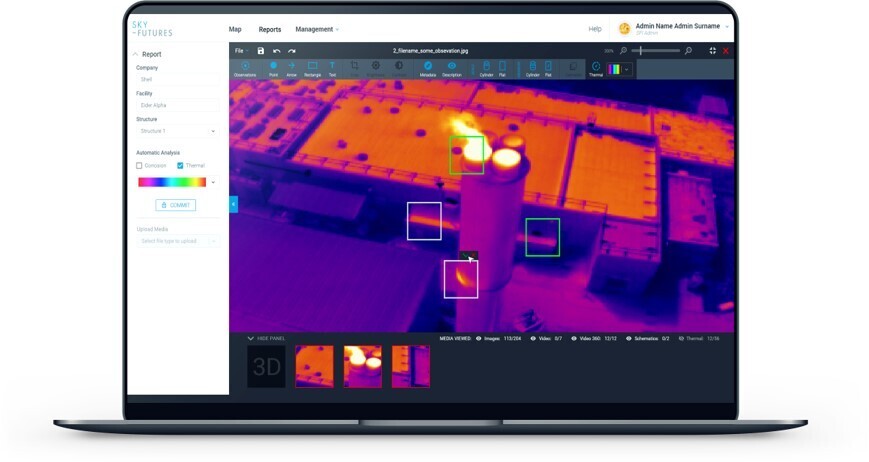
ML algorithms identify equipment faults in 2D images captured by industrial drones
Predictive Maintenance
In a nutshell, a predictive (aka preventive) maintenance system collects sensor data (e.g., temperature, pressure, vibration, etc.) to identify anomalies in equipment’s behavior and forecast whether it needs repairs within a certain time.
This data is collected from the equipment’s potential failure points, like vacuum pumps or shaft bearings. Next, it gets combined with equipment metadata: device model, operation environment, configuration setting and usage history. At the next stage, the system algorithms process the collected data, draw patterns that may lead to equipment failure, and create predictive models.
In the age of COVID-19, these models can help companies optimize maintenance scheduling and better support equipment, even with a limited amount of workforce onsite.
Digital Twins
Moving processes to a vertical space is another trend of the pandemic times. And digital twins are one of the technologies to implement that.
Basically, a digital twin is a 360-degree digital or virtual copy of some physical asset, like a pump, compressor, oil rig, or an entire pipeline system. By replicating them in a virtual environment, companies can get data necessary for performance forecasting, catching issues before failures occur, and even finding new business opportunities.
Using digital twins is relevant to both legacy and new up, mid and downstream developments.
For predictive maintenance of a legacy equipment, digital twins help simulate ‘what-if’ or ‘what-will’ scenarios for asset reliability, productivity, and performance. This way, companies can detect early signs of equipment degradation and proactively act to prevent failures and downtime.
Also, with digital twins, companies can generate scenarios that model new equipment behaviors and operations at all stages. Using this data, they can design machinery that will improve production while reducing operating costs.
For example, Transocean used digital twins to simulate the process of new well construction. Gazprom Neft used this technology to design tankers capable of withstanding low air temperatures and severe wind and wave conditions in the Yamal peninsula.
Wearables
Some companies have actively used wearables to monitor production, enhance communication, and improve employees' safety.
Smart wristbands, AR glasses, sensor-powered suits, and helmets allow monitoring environmental and health conditions of the workers who perform dangerous operations. If a worker gets exposed to hazardous gases, harmful chemicals, or extremely low temperatures, the system automatically sends notification or warnings.
For instance, Marathon Petroleum, the US-based refiner, developed an end-to-end gas leak detection and alarm system. The system comprises a wearable gas detection sensor with an integrated wireless infrastructure. It’s also capable of identifying personnel locations. In the event of hazardous gas leakage, the system automatically informs the individual and nearby crew members about the danger and provides evacuation instructions.
This technology can also be used to ensure social distancing, thus preventing the spread of COVID-19 for employees working onsite.
Remote Assistance Solutions
These days, remote assistanсe solutions have become an indispensable part of work communication and workflow management.
Distant video and audio-assistance is now being actively used for managing equipment maintenance and monitoring production activities. It enables managers to guide operations and augment worker’s activities by providing timely advice in real time.
Also, coupled with AR/VR technologies, remote assistance solutions can facilitate training programs for new equipment or employee onboarding.
One of the technology application examples is Atheer’s AiR–a smart glasses and enterprise-class Augmented Reality (AR) application. The devices enable on-field workers to chat with co-workers, managers, or external company experts, get guidance when performing complex operations, record activities, and... last but not least, easily sanitize the device whenever necessary.
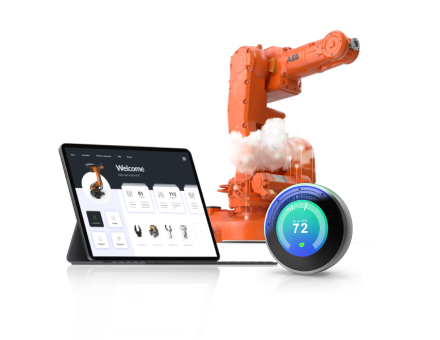
Bottom Line
Now, in the falling market, oil and gas companies are facing a dilemma of whether to invest in the latest technologies like the Internet of Things or save on budget and go on with traditional technology like SCADA, PLC, DCS, and others.
Despite these financial challenges, most companies keep employing IoT solutions as the demand for production efficiency, robotization, operation automation, and digitalization continues to rise.
For the oil and gas supply chain, IoT can become an efficient system integrator. Its technologies can unite all parts of the chain within a single operating platform, which enables companies to tackle any modern-day challenges.
Section title
More articles on the topic
